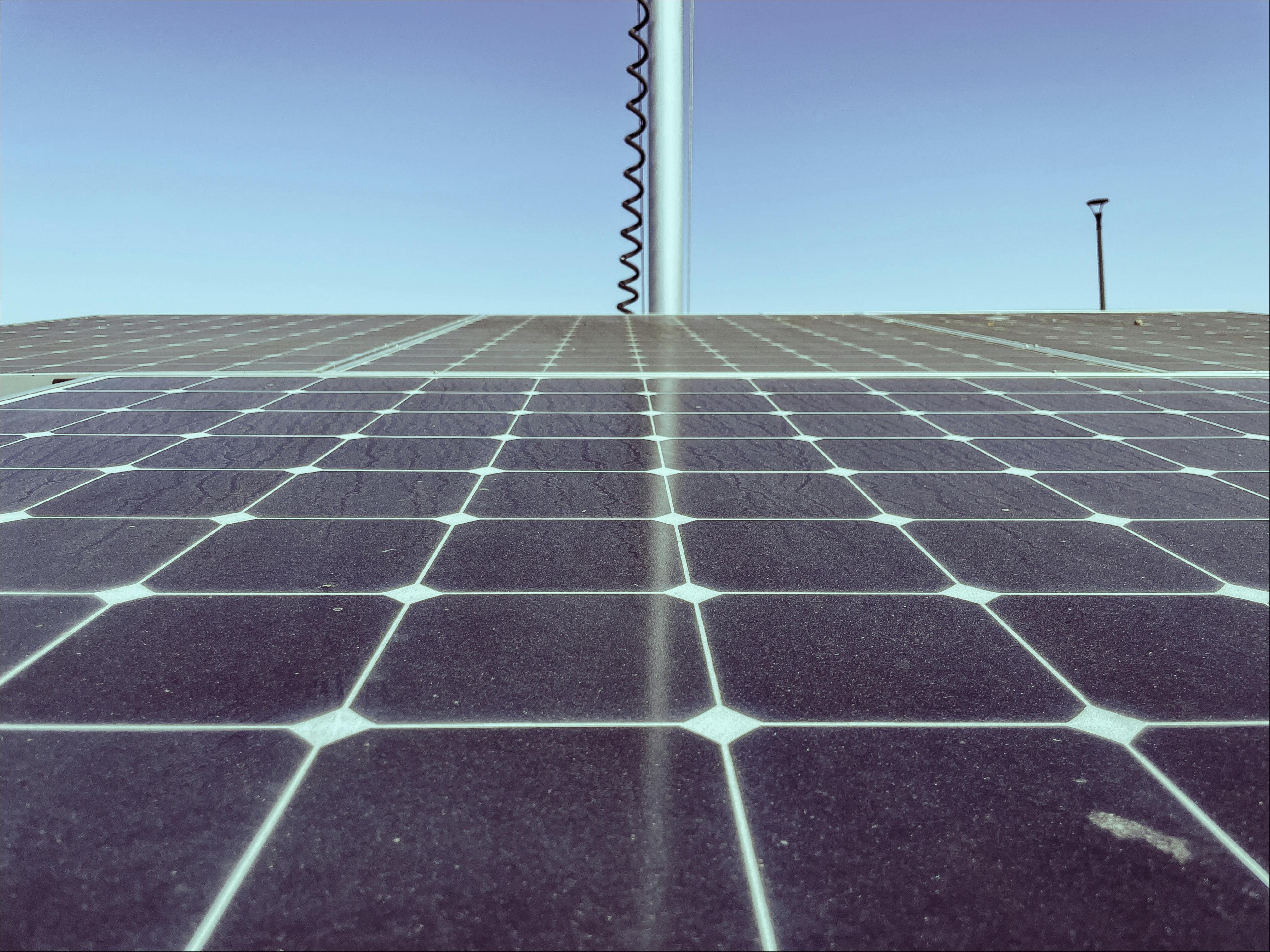
AsianFin -- As China’s clean energy giants expand overseas, energy storage and photovoltaics (PV)—two successive growth drivers in the new energy revolution—are beginning to follow divergent global trajectories.
The path for energy storage, while once thought to mirror the PV industry’s internationalization journey, is now evolving at a faster clip. “Energy storage is advancing far more rapidly, and the industry is transforming at a much quicker pace,” noted the head of overseas business at a leading Chinese energy storage firm.
But in 2025, as political and economic conditions shift—particularly in the United States—the similarities between the two industries are giving way to stark differences. Washington’s latest moves under former President Donald Trump’s administration are accelerating this divergence.
Trump’s “Big and Beautiful” Act Rewrites the Rules
On July 4, Trump signed into law the “Big and Beautiful” Tax and Spending Act, a sweeping package that includes historic tax cuts and a rollback of clean energy subsidies. The bill significantly dismantles the Biden-era Inflation Reduction Act (IRA), which had turbocharged clean energy investments across sectors such as PV, wind, and EVs.
One of the most consequential changes: solar tax credits for U.S. residential projects will now expire at the end of 2025—almost a decade earlier than under the IRA. Commercial and utility-scale solar projects will see subsidies expire before 2028.
The impact on Chinese PV firms is immediate and far-reaching. Though few have directly operated power plants in the U.S., leading players like LONGi Green Energy, Trina Solar, JinkoSolar, JA Solar, and Canadian Solar have invested more than $2 billion to build module and cell factories in the country, betting on long-term policy support and a growing market.
Now, that calculus is under pressure. Without U.S. subsidies, operating costs for these facilities—already high—may become unsustainable. Even worse, the new law includes strict “foreign entity” provisions that could disqualify some Chinese-owned factories from receiving any public incentives. Shareholding structures are now under the microscope, and companies may be reclassified as “impacted entities,” rendering them ineligible for subsidies.
Some Chinese firms have begun to adapt. Trina Solar has restructured its U.S. ownership through equity swaps to reduce political exposure. JinkoSolar, which has already secured some federal incentives, is actively lobbying for more. But these moves may not be enough. Trump has ordered further investigations into tax credit eligibility for clean energy firms, and anti-China voices in the administration—including Secretary of State Marco Rubio—are pushing for even stricter measures.
In contrast, energy storage appears to be navigating U.S. policy headwinds with greater ease. Although earlier drafts of the “Big and Beautiful” Act included subsidy cuts for storage, the final version preserved most incentives through at least 2033. The phase-out will be gradual, ending in 2036.
What’s more, Trump’s infrastructure-heavy policy tilt plays in energy storage’s favor. The bill earmarks $1 billion for grid upgrades, including support for long-duration and remote microgrid storage—critical components for modernizing the U.S. power grid.
According to InfoLink Consulting, the policy window for U.S. energy storage remains “clearly more durable” than for PV. This has emboldened Chinese players to double down: some are exporting storage products to the U.S., while others are considering building U.S.-based manufacturing hubs. With the U.S. storage supply chain still underdeveloped, Chinese firms are essential suppliers—and face far fewer trade barriers than their PV peers.
Tariffs, Pricing, and Supply Chains
Tariff risk looms over both industries, but its bite is not evenly felt.
Trump has resumed his campaign of “reciprocal tariffs,” sending letters to more than 20 countries with new duty rates, most of which take effect August 1. While the timeline and scope for Chinese products remain unclear, uncertainty is rattling investors.
For PV manufacturers, the U.S. was already a diminished export market, with Chinese module exports to America ranking below 30th globally as of mid-2025. Washington’s aggressive anti-dumping and supply chain policies have made direct shipments rare. Instead, many firms relied on production bases in Southeast Asia—but even these are now under fire. A recent Commerce Department ruling imposed new duties on Chinese-linked factories in Vietnam, Malaysia, Thailand, and Cambodia.
Still, walking away from the U.S. market isn’t easy. Despite all the barriers, American PV prices remain the highest globally—three to four times higher than China’s. As Chinese module prices crash domestically (falling to as low as 0.60 yuan per watt), the prospect of continued U.S. sales remains a key lifeline for large firms suffering from overcapacity and thin margins.
Some firms are seeking alternatives. LONGi, for instance, announced a new factory in Indonesia, hoping to sidestep U.S. tariffs. But given Trump’s past record, it’s unclear how long “re-export” routes like Indonesia will remain viable.
There’s also concern that U.S. pressure could ripple globally. Vietnam, for instance, recently imposed anti-dumping duties on Chinese steel products—just days after signing a trade agreement with the U.S., in what analysts believe is a politically driven move.
Energy Storage Plays the Long Game
Energy storage firms are taking a more measured view of tariff threats. With U.S. supply and demand imbalances unresolved, there’s less appetite in Washington to restrict imports. Even under Biden’s tariff package in May 2024, storage batteries received a relatively gentle treatment—an exemption period of two years, and a tariff rate just 25% of that for EVs.
Meanwhile, China’s energy storage firms, while also facing falling prices and rising inventories, have avoided the large-scale losses plaguing PV. With stronger policy support at home and growing demand for storage across markets—from grid applications to residential backup—they retain more strategic flexibility.
Many analysts believe a second Trump administration may actually be a net positive for storage firms, at least in the medium term. The U.S. remains dependent on imports, and Chinese companies are ready to deliver.
In essence, China’s energy storage industry is reaching the same internationalization inflection point PV once hit five years ago. Companies are expanding abroad, building overseas factories, and facing escalating geopolitical risks. But unlike PV, they may still have time to adjust course and avoid the policy pitfalls that caught earlier entrants off guard.
The challenge ahead: how to grow globally without triggering the same level of political backlash. Learning from PV’s setbacks—while leveraging storage’s unique policy advantages—could define the next decade of clean tech globalization.







